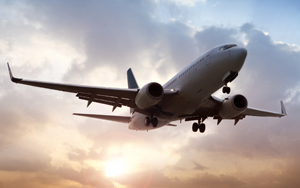
Cairo, Oct 31: A Russian civilian aircraft carrying over 220 people, mostly tourists, today crashed in the Sinai peninsula, Egyptian Prime Minister Sharif Ismail said.
In a statement, Prime Minister Ismail's office said a Russian civilian plane has crashed in the central Sinai.
Security forces surrounded the area of the crash and ambulances rushed to the place of the incident.
The Egyptian air traffic control had lost contact with the Airbus shortly after it took off from the Red Sea resort of Sharm El-Sheikh to St. Petersburg, sources said.
Prime Minister Ismail formed a cabinet level crisis committee and called for an urgent meeting to deal with the incident.
The ministry of health is currently counting the number of dead and survivors and it will soon announce the details.
The aircraft belonged to Kogalymavia airline, a small airline based in Western Siberia, Russian media reported.






Comments
Add new comment